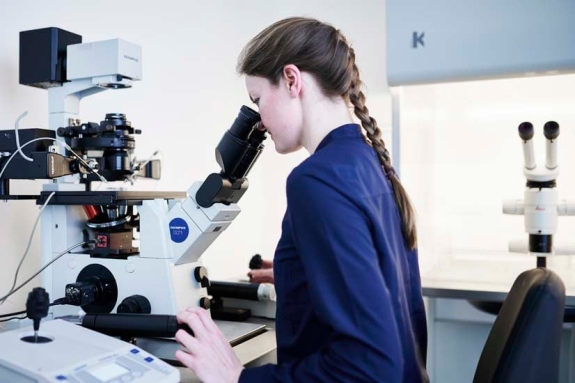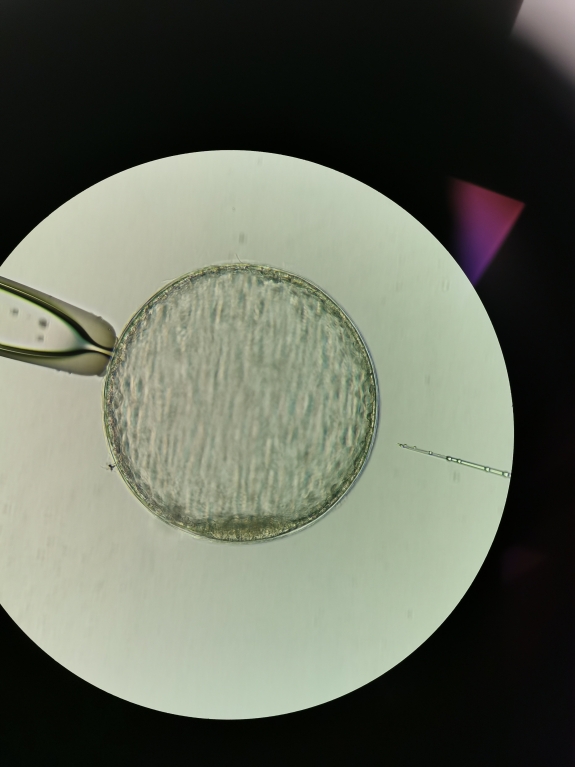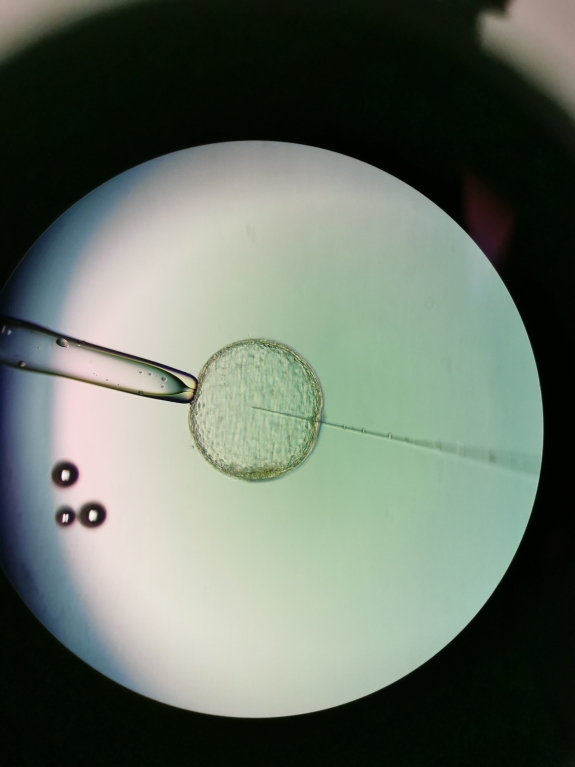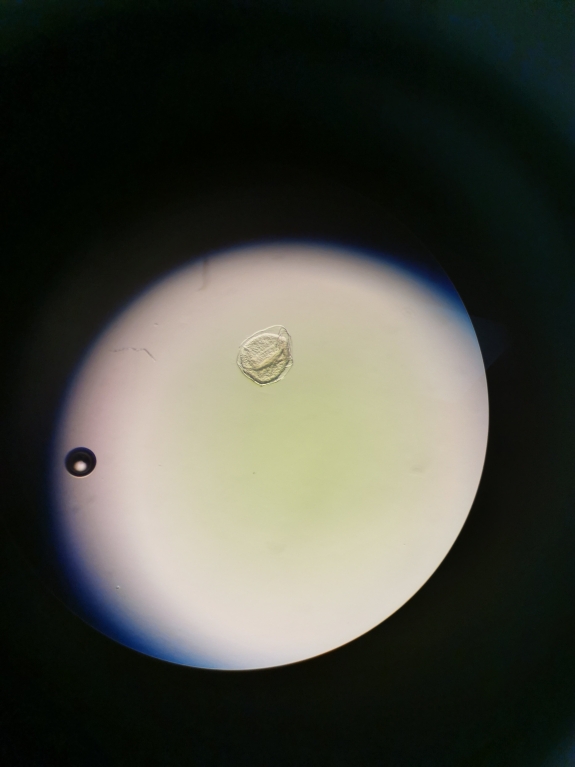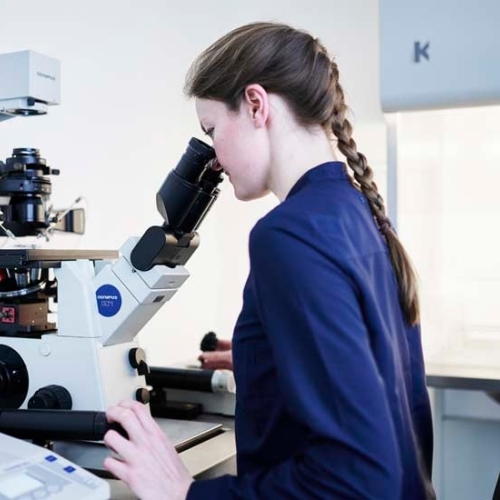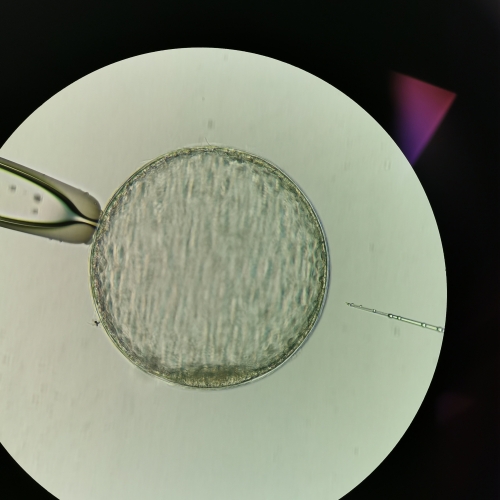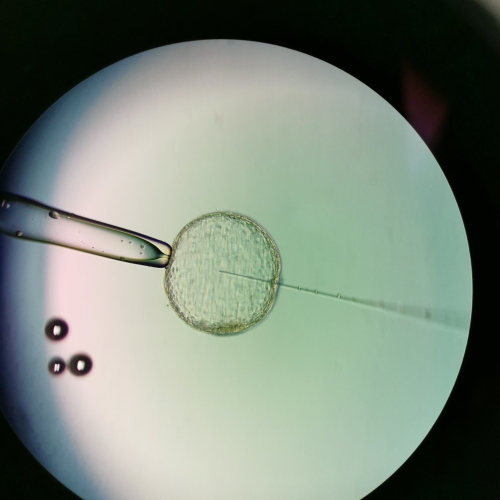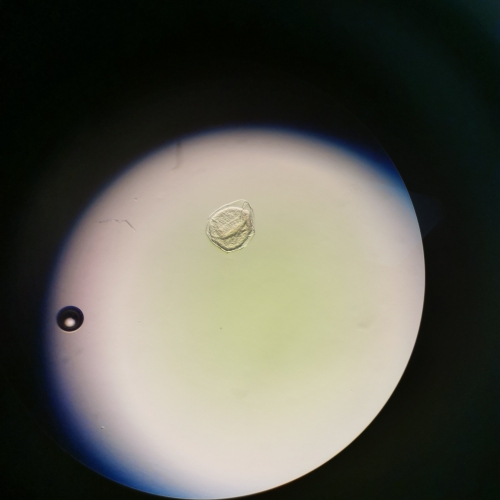Freezing of in vivo embryos is suitable if you do not have a recipient ready or do not want to transfer an embryo to a recipient the same year as the donor is inseminated. It could also be that you already have several breeding mares ready but want to freeze and store embryos for the following season, or that your breeding association only allows a certain number of offspring per year. In addition, it allows the possibility of embryo flushing very early or very late in the season, without resulting in a foal very early or very late the following year.
What does it take?
At VetEmbryo, we also freeze in vivo embryos. In vivo embryos are the embryos we flush out. Here, the donor is inseminated to subsequently flush the embryo out and transfer it to a recipient.
Compared to other animal species, horses’ embryos are much harder to freeze. Horses ’ embryos are significantly larger and contain a large amount of water, and they have a special capsule that complicates the freezing process even more. If you freeze the embryos in a conventional way, the large amount of liquid inside the embryo will make ice crystals and destroy the cells.
Over the years, many different techniques have been tried to achieve a higher pregnancy rate and bring the crystallization to life. Years ago, a technique was developed where water inside the embryo is sucked out slowly before freezing (what we also refer to as ‘collapsing’ the embryo). Afterwards, the cell mass can be frozen using a method called vitrification. Extraction of the liquid can be done in several ways, but the best method is using a micromanipulator, which is the same equipment we use for ICSI.
How is it performed?
As you can see in the pictures below, a needle is inserted in the embryo to slowly suck out the liquid. This will collapse the embryo. After collapsing, the embryo is transferred to a liquid with cryoprotectives, and undergoes vitrification. Treatment with cryoprotectives allows the embryo to be placed in liquid nitrogen without forming the destructive ice crystals.
During thawing, the cells in the embryo ‘wake up’ again, and slowly, after thawing, the embryo will reach its normal size. It goes from looking like a raisin to being a sphere again. The removed fluid does not contain irreplaceable components, and after thawing, the cells in the embryo will fully recover.
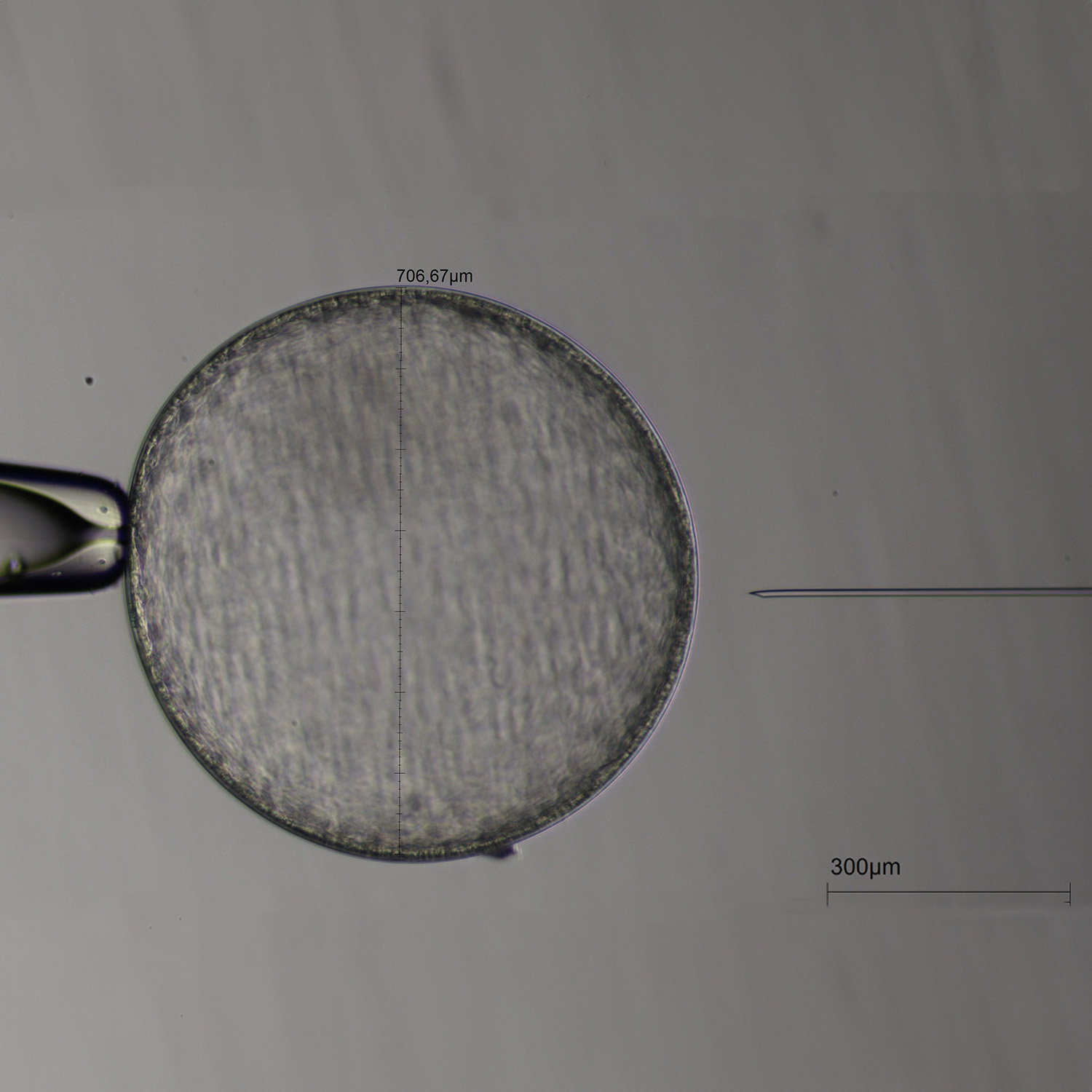
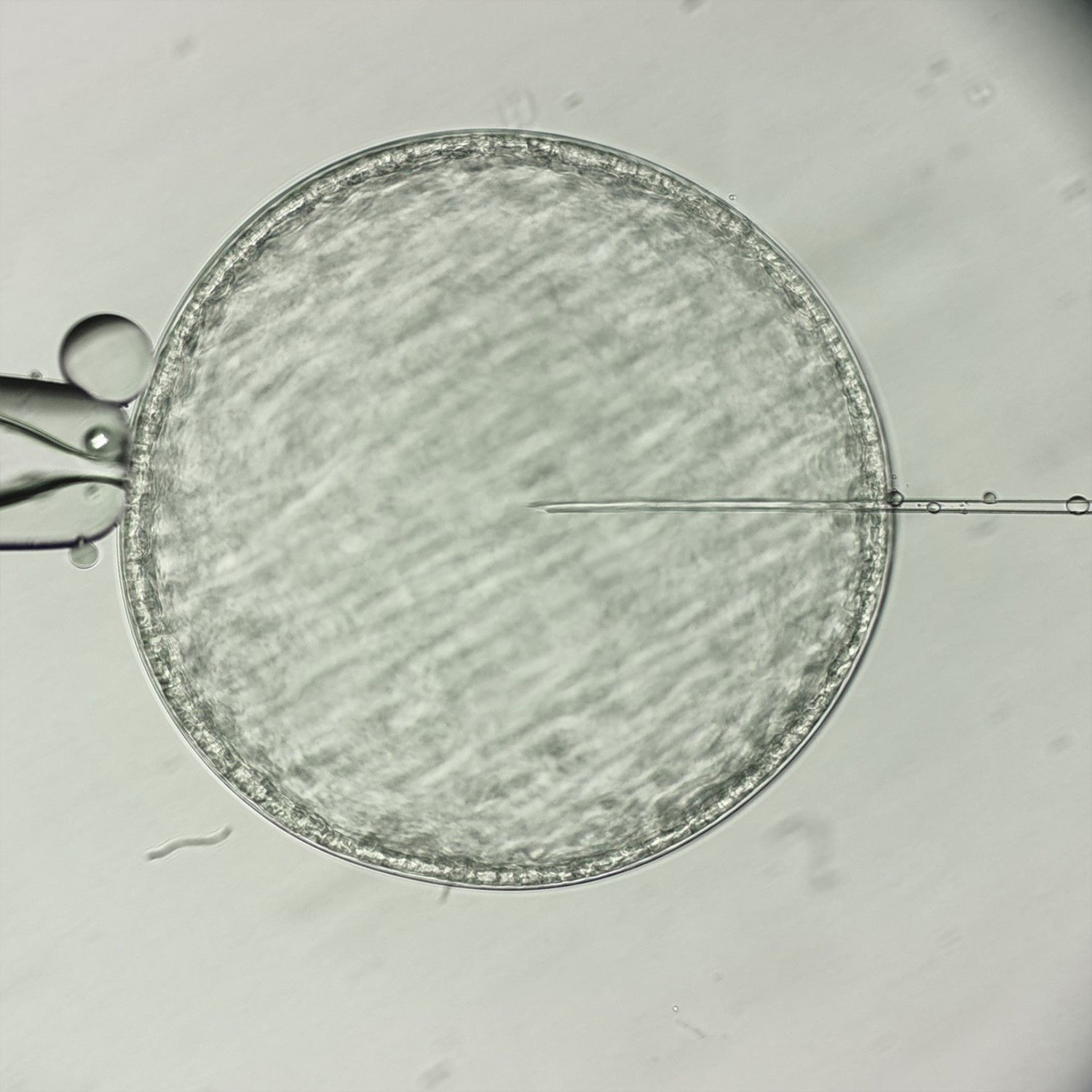
Success rates
The smaller the embryos are at freezing, the better they survive freezing and thawing. If you want to freeze flushed embryos, it requires that you determine the day of ovulation accurately. This is important to be able to plan the day of flushing, to avoid the embryo becoming too large for freezing. The average pregnancy rate is approximately 60-70 % after transferring embryos that have been collapsed and vitrified.




